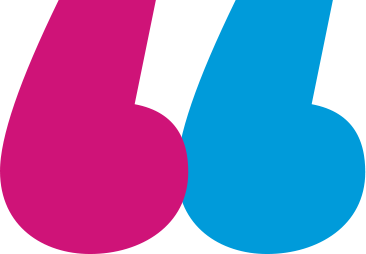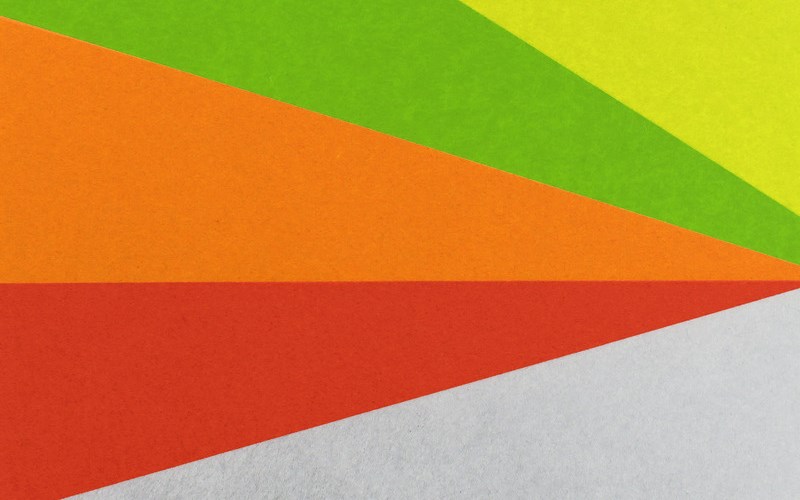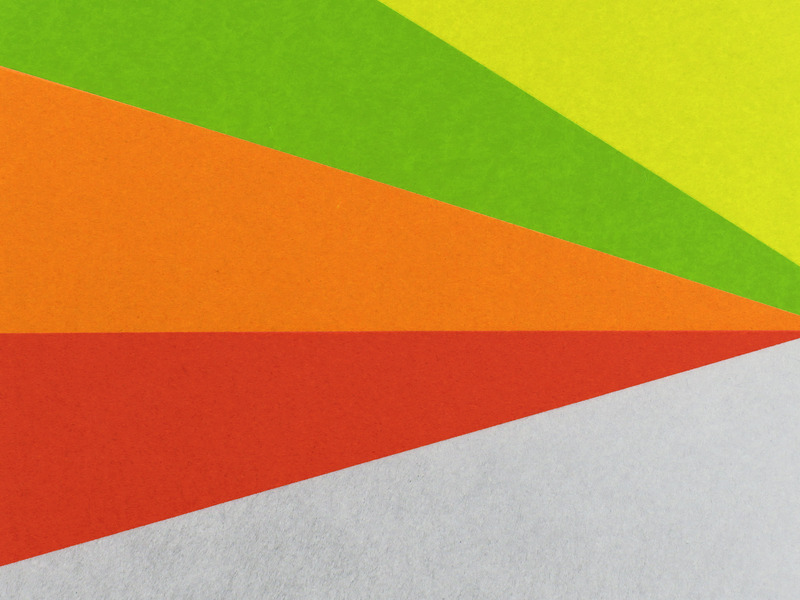Even in today's digital world, brochures are a still excellent marketing tool. They can be posted through customers doors, handed out to people in public, and left in a place of work. Brochures are physical, so they can be with the customer at all times, in contrast to digital, where the customer may only get a glimpse of the advertisement on the screen.
With this mind brochures are prone to wear & tear, so choosing what type paper to use for your brochure is essential. You need to ask yourself 'what do I want my brochure to do?'. Would a customer want to write on the handout, if so a matte finish may be best? Do you want to showcase products? Then a glossy finish may be a suitable option.
Whatever your business we have created a handy guide to help you choose 'what kind of paper to use for your brochure.'
Paper GSM
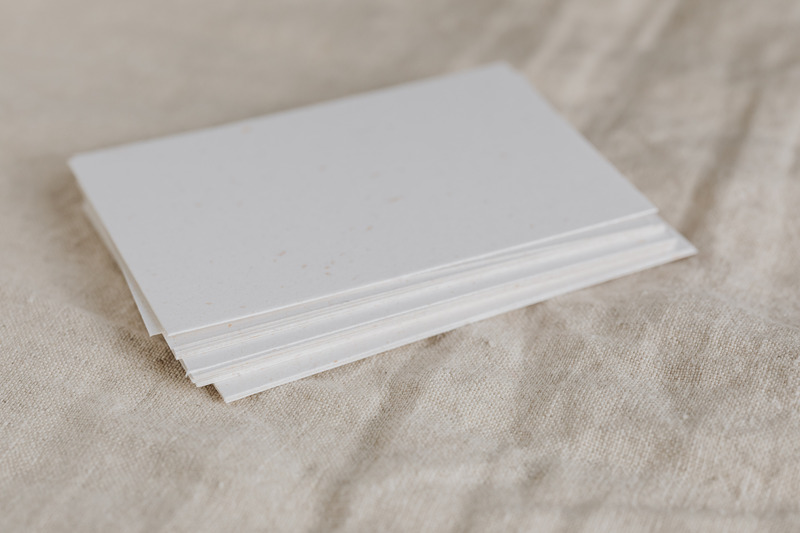
There are different paper GSM (grams per square metre) you can choose from. Usually, the options can be split into two; Card Stock and Paper Stock. However, there are different densities of the thickness of the paper you can choose from to meet your requirements.
-
35 - 55 GSM This is the lightest range of paper. For example, newspapers and tracing paper. This paperweight is useful when you require lots of pages at a low cost that don't need to last long.
-
75 - 90 GSM This paperweight range is mainly used for your typical office paper. Usually, this paperweight not suitable for brochures.
-
90 - 120 GSM This range is mostly used for stationery, such as compliment slips and letterheads.
-
130 - 170 GSM This paperweight range is heavier. Therefore it is suitable for posters, flyers and leaflets.
-
170 - 200 GSM This is ideal for brochure printing.
-
250 - 300 GSM This type of paperweight is ideal for banners and direct mail campaigns.
-
300 - 400 GSM These type of heavier weighted GSM is perfect for high-quality printing. This thickness is ideal for business cards, postcards and more.
Finish
Glossy
There are two different finishes you can choose from glossy or matt. Glossy finishes provide a smooth, shiny finish. Glossy finishes are perfect for brochures, especially if they lots of images. Also, glossy creates a more expensive finish. Glossy finished is usually shinier and have higher quality finished compared with matte finishes. They are often longer-lasting while the glossy coating seals in images which makes the images look sharper.
Matte
In contrast to Gloss is Matte. Matte paper is also coated, however, without the shiny gloss finish. Therefore it provides an untreated finish but still protects the brochure. Usually, a matte finish is suitable for brochures with lots of text, and non-coating prevents smudges and fingerprints. The matte finish creates less glare making images appear softer.
Colour
Choosing your colour depends on several things. For example, your business logo could influence the colour of your brochure, or colour could be used to match the launch of a new product range. Furthermore, specific colours can be used to grab the customers attention. Take, for example, the colour red; red is a dominant, eye-catching colour which can be used to draw attention to the brochure. Whatever the colour brochure you go for make sure it compliments your business.
Size
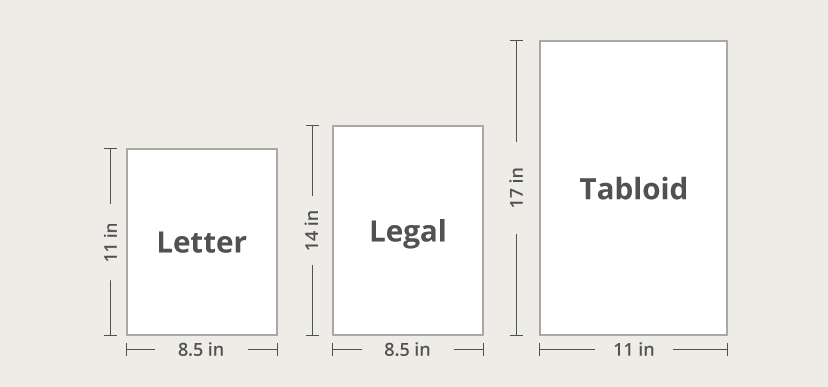
Brochures come in a variety of sizes. However, there are usually four standard brochures sizes. These are:
-
Letter: 8.5 x 11 (inches)
-
Legal: 8.5 x 14 (inches)
-
Tabloid: 11 x 17 (inches)
-
Custom: 11 x 25.5 (inches)
The different sizes gives you plenty of scope to choose the ideal brochure size you want use for your design.
Depending on your business, there are plenty of options to consider when creating your brochure. Selecting your paperweight is your first step and is probably the most important. The paperweight you choose needs to durable enough to the job you want it to do. Furthermore the finish your brochure is essential as you want it to portray your products or service in the best possible way. Finally, you will need to decide what colour and size you want your brochure to do it.
Birtwells can help you with the design of your brochure or if you have already created a design we can print your brochures. Please see our brochure and booklets page for more information.


